Insurance terminology sometimes makes discussions about healthcare feel like we’re all speaking in different languages. The jargon insurance companies use is oftentimes confusing for the average person to understand, only further exacerbated by the legalese in which everything insurance-related is written. It feels like we all need a translator just to figure out what insurance policies cover and what participants will be responsible for.
The truth of the matter is that people understand less about health insurance than they like to believe. A 2016 survey by PolicyGenius found that just 4 percent of those polled could correctly identify four common insurance terms: copayment, copay (some people think they mean something different), deductible, and coinsurance. And while 83 percent of people believed they understood the word “copay,” only 52 percent could actually define it correctly. To make matters worse, only 36 percent of millennials could define any of the four terms properly.
As a member of the human resources team, the responsibility of bridging this knowledge gap and educating your workforce oftentimes falls to you. An educated workforce will make better employee benefit enrollment decisions, and will be less of a burden on your employee benefits hotline.
With that in mind, we’ve put together a glossary of common insurance terminology that you can easily slip into your employee benefits enrollment guide or your employee handbook. While we’ve included 11 of the most common terms here, you can download another 52 by clicking here.






















